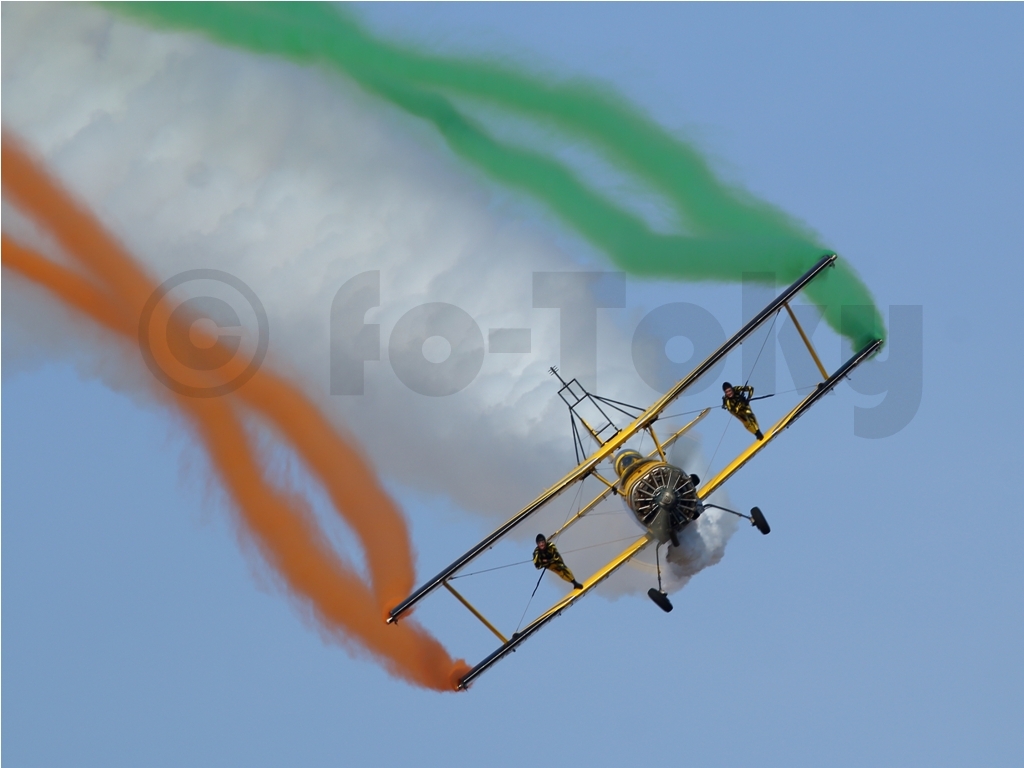A Standard Operating Procedure provides a flight crew with a step by step guide to effectively and safely carry out operations. A particular SOP must not only achieve the task at hand but also be understood by a crew of various backgrounds and experience within the organisation.
Tag: cpl
Operational Procedures for Pilots: Study Material
A Standard Operating Procedure (SOP) provides a flight crew with a step by step guide to effectively and safely carry out operations. A particular SOP must not only achieve the task at hand but also be understood by a crew of various backgrounds and experience within the organisation.
Flight Planning and Monitoring for Pilots: Model Test Papers
Flight planning is the process of producing a flight plan to describe a proposed aircraft flight. It involves two safety-critical aspects: fuel calculation, to ensure that the aircraft can safely reach the destination, and compliance with air traffic control requirements, to minimise the risk of midair collision. In addition, flight planners normally wish to minimise flight cost through the appropriate choice of route, height, and speed, and by loading the minimum necessary fuel on board.
Flight Planning and Monitoring for Pilots: Study Material
Flight planning is the process of producing a flight plan to describe a proposed aircraft flight. It involves two safety-critical aspects: fuel calculation, to ensure that the aircraft can safely reach the destination, and compliance with air traffic control requirements, to minimise the risk of midair collision. In addition, flight planners normally wish to minimise flight cost through the appropriate choice of route, height, and speed, and by loading the minimum necessary fuel on board.
Human Performance for Aspiring Pilots -Study Material
Effective Human Performance is fundamental to operational safety in aviation. Human performance is defined as the human capabilities and limitations which have an impact on the safety and efficiency of aeronautical operations.
Human Performance: Model Test Papers for Pilots
Effective Human Performance is fundamental to operational safety in aviation. Human performance is defined as the human capabilities and limitations which have an impact on the safety and efficiency of aeronautical operations.
Air Regulations for Pilots
Aviation law is the branch of law that concerns flight, air travel, and associated legal and business concerns. Some of its area of concern overlaps that of admiralty law and, in many cases, aviation law is considered a matter of international law due to the nature of air travel. However, the business aspects of airlines and their regulation also fall under aviation law. In the international realm, the International Civil Aviation Organization (ICAO) provides general rules and mediates international concerns to an extent regarding aviation law. The ICAO is a specialized agency of the United Nations. Learn about Air Regulation with our online…
NIGHT FLYING TIPS FOR AB-INITIO PILOTS- PART 1
Flying at night presents a unique set of challenges, as well as opportunities.
Crosswind Landing Technique
The most commonly taught crosswind landing technique is the cross-control, or wing-low landing. The pilot slips the airplane to the runway with just enough cross control to keep the aircraft aligned with the centerline. Remember that the ailerons control the airplane’s lateral movement.
Engine Failure
Whether you’re a novice or an experienced pilot, an engine failure in-flight is a pilot’s worst nightmare. If it occurs in a single-engine piston aircraft or a single-engine jet plane, there are only two ways out: trying to restart the engine, or making a forced landing. The other option of ejection is available to military pilots only. An engine failure in flight requires a swift reaction by the pilot in command to maximize the flight of an airplane after the event has occurred. Pilots do this by acquiring a glide…





